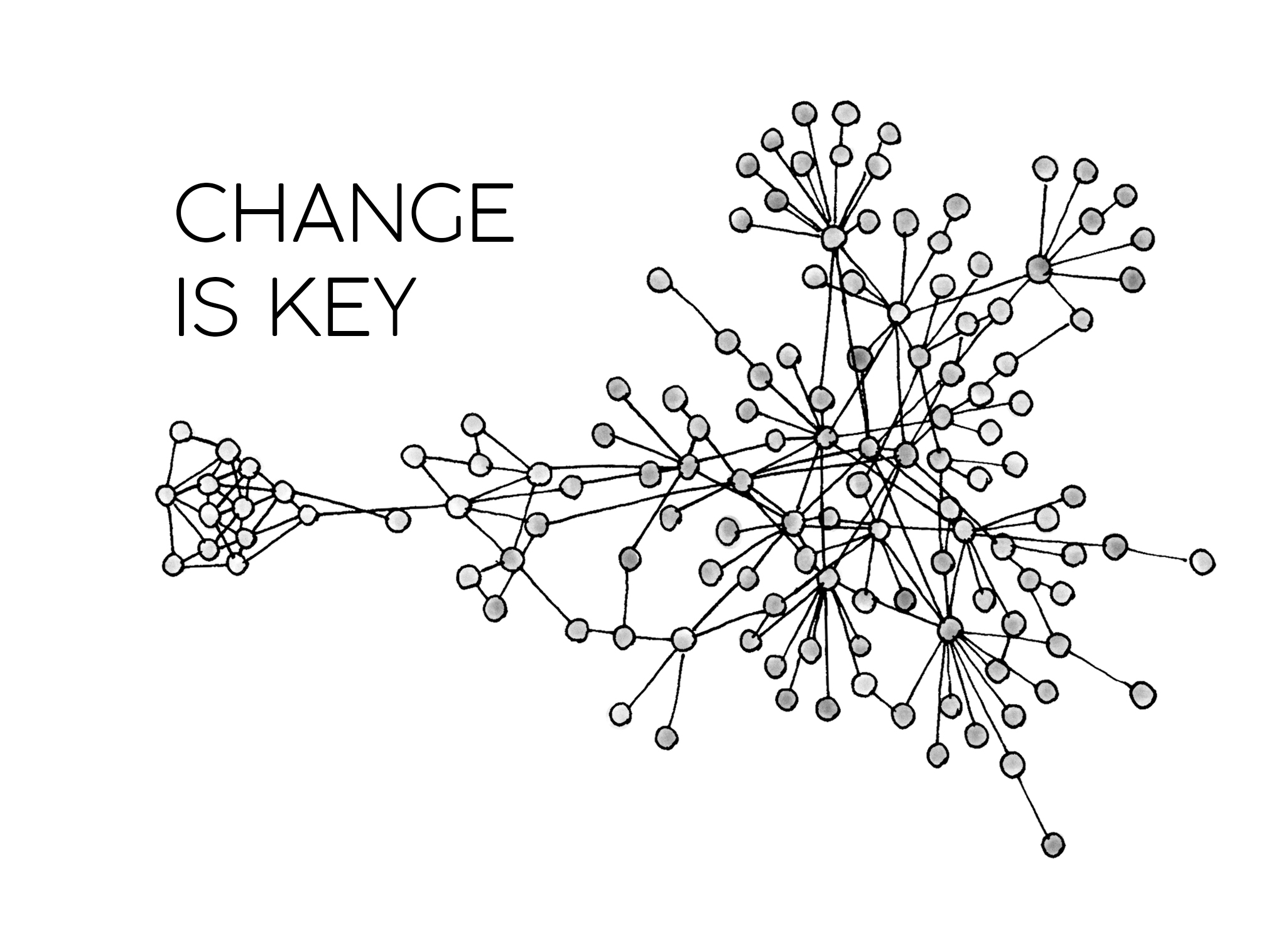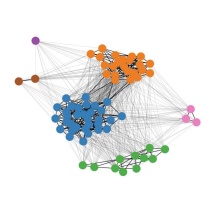Recomendamos Mozilla Firefox
Para utilizar este sitio web, recomendamos Mozilla Firefox. Por favor, no utilice Safari, ya que provoca algunos errores que hacen imposible el uso correcto del sitio web.
Primeros pasos con DURel
Si busca una lectura breve y concisa sobre la herramienta de anotación DURel, eche un vistazo a nuestro blog. Si quiere saber más sobre cómo utilizar el sistema DURel, también puede consultar este vídeo de demostración.
Preguntas y colaboración
Si tiene alguna pregunta, desea utilizar la herramienta para su trabajo o quiere colaborar con nosotros -por ejemplo, para añadir una nueva lengua-, no dude en ponerse en contacto con nosotros en durel@ims.uni-stuttgart.de.
Citar DURel
Si utiliza DURel, por favor, menciónenos:
- Dominik Schlechtweg, Shafqat Mumtaz Virk, Pauline Sander, Emma Sköldberg, Lukas Theuer Linke, Tuo Zhang, Nina Tahmasebi, Jonas Kuhn, and Sabine Schulte im Walde. 2023. The DURel Annotation Tool: Human and Computational Measurement of Semantic Proximity, Sense Clusters and Semantic Change. In Proceedings of the 18th Conference of the European Chapter of the Association for Computational Linguistics: System Demonstrations, pages 137–149, St. Julians, Malta. Association for Computational Linguistics.
- Dominik Schlechtweg, Sabine Schulte im Walde, Stefanie Eckmann. 2018. Diachronic Usage Relatedness (DURel): A framework for the annotation of lexical semantic change. In Proceedings of NAACL, New Orleans, LA, USA.
Funding

Este trabajo ha sido financiado en parte por el proyecto Towards Computational Lexical Semantic Change Detection apoyado por el Swedish Research Council (2019–2022; contrato 2018-01184).
Este trabajo ha sido financiado en parte por el programa de investigación Change is Key! apoyado por Riksbankens Jubileumsfond(bajo el número de referencia M21-0021).

